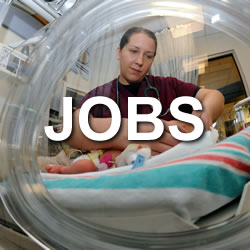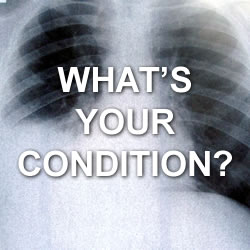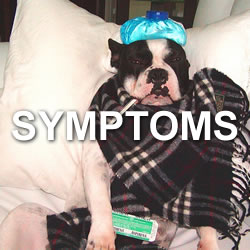UV Keratitis
Stay away from topical anesthetics, no they cannot take home that bottle of tetracaine you used to numb their eye for the fluorescein exam => Risk of neurotrophic ulceration due to lack of protective reflexes (tearing and blinking) - Jonathan Lin

image by: World of medical notes
HWN Recommends
UV keratitis
When you see someone chilling on a stretcher with sunglasses on in the middle of south this holiday weekend, they might not just be trying to sleep off the two dozen margaritas they just had.
What is UV keratitis? It’s bilateral eye pain usually 30 min to 12 hours after UV exposure, think of it as a “sunburn” of the eyes. Your patient was lounging on the beach all day Saturday and used a pair of knock-off sunglasses or those free ones they hand out at career fairs. This can also happen in the winter for skiers on a bright sunny day and all that sunlight reflecting off the snow into their eyes. Other sources: tanning beds, arc welding, laboratory UV lights
Resources
 Photokeratitis
Photokeratitis
Topical antibiotic ointments such as erythromycin ointment can provide improved comfort and also may also prevent a bacterial super-infection. We recommend dosing erythromycin ointment 4 times a day for 2-3 days. The use of topical NSAID drops such as ketorolac or diclofenac for pain relief remains controversial. A Cochrane systematic review in 2017 was unable to show clear benefit in topical NSAID use for traumatic corneal abrasions, and these drops are not as cost effective as oral analgesics. Thus, we do not recommend the routine use of topical NSAIDs in most cases of photokeratitis. Patching the eye has been shown to not be effective in the treatment of corneal abrasions, and can delay corneal healing, and is thus not recommended. Usage of cycloplegics/mydriatics such as cyclopentolate or homatropine have not been shown to be effect in corneal abrasions, and are generally not recommended.
Back to Basics: Ultraviolet Keratitis
Symptoms often delayed (6-12 hours) - pain, photophobia, prominent tearing, conjunctival infection, blepharospasm.
Blinded By The Light
oral analgesia (may need opioids) and topical cycloplegia (e.g. 1% cyclopentolate) for comfort for up to about 3 days.
Burnt and Blasted - Dr. Jacob Avila
Treat similar to corneal abrasions with topical antibiotics and consider topical anesthetics if injury <24 hours old
 UV keratitis
UV keratitis
bulbar conjunctival (the covering of the white part of the eye) injection and chemosis with sparing of the palpebral conjunctiva since it is blocked by the eyelids. punctate keratitis on Fluorescein stain!
EyeRounds
Ultraviolet (UV) keratitis is known by various names, including photokeratitis, snow blindness, arc eye, and welder’s flash. These all represent the same pathology: corneal damage due to acute ultraviolet radiation exposure
WikEM
Analgesia (very painful condition) - PO NSAIDS, opioids. Do not prescribe topical anesthetics (i.e. tetracaine) to be used at home, this can lead to poor corneal healing and corneal melt. Eye rest (avoid re-exposure). Lacrilube (saline eye drops). ± Antibiotic ointment (erythromycin ophthalmic or gentamicin ophthalmic) ± Cycloplegics

Introducing Stitches!
Your Path to Meaningful Connections in the World of Health and Medicine
Connect, Collaborate, and Engage!
Coming Soon - Stitches, the innovative chat app from the creators of HWN. Join meaningful conversations on health and medical topics. Share text, images, and videos seamlessly. Connect directly within HWN's topic pages and articles.













